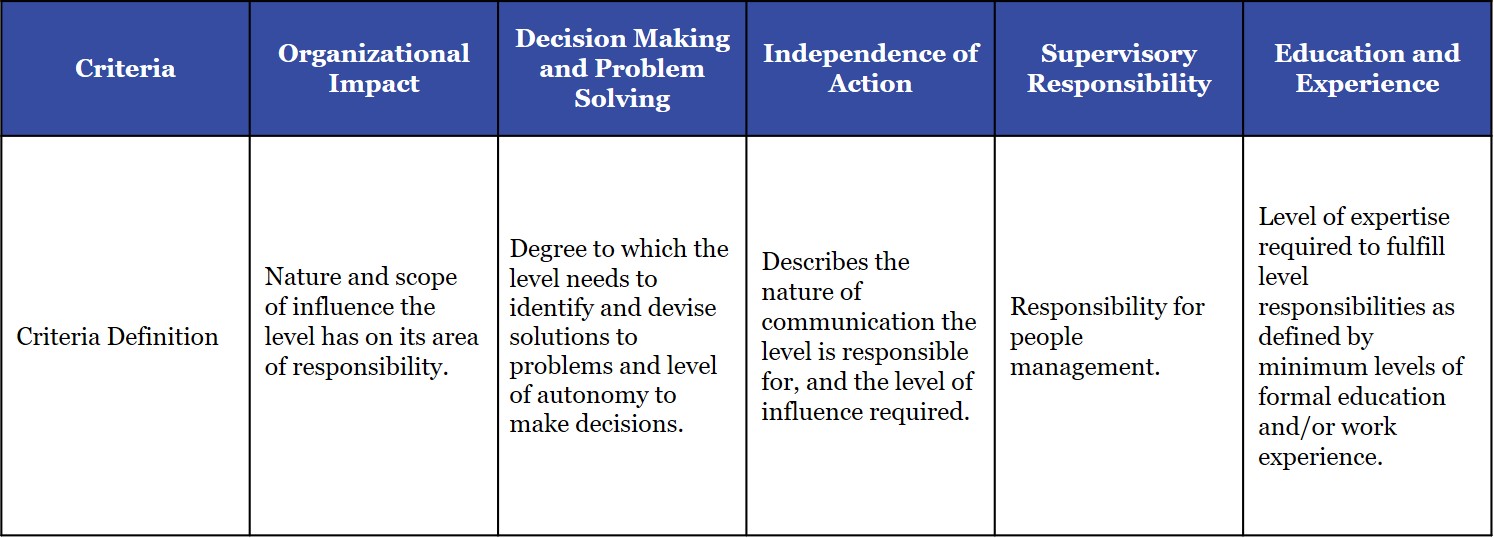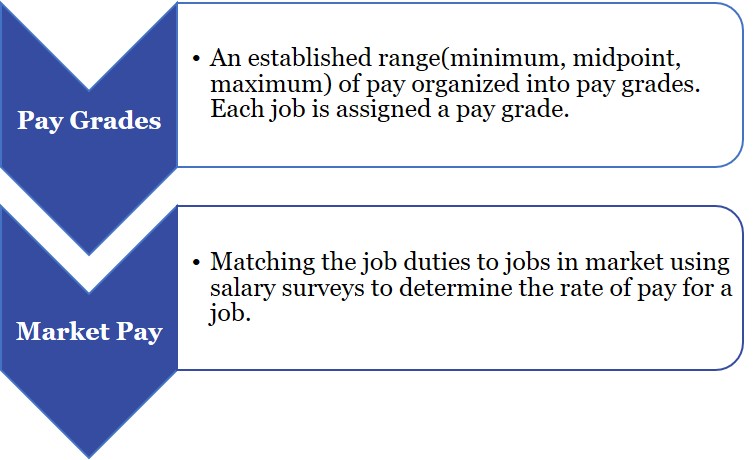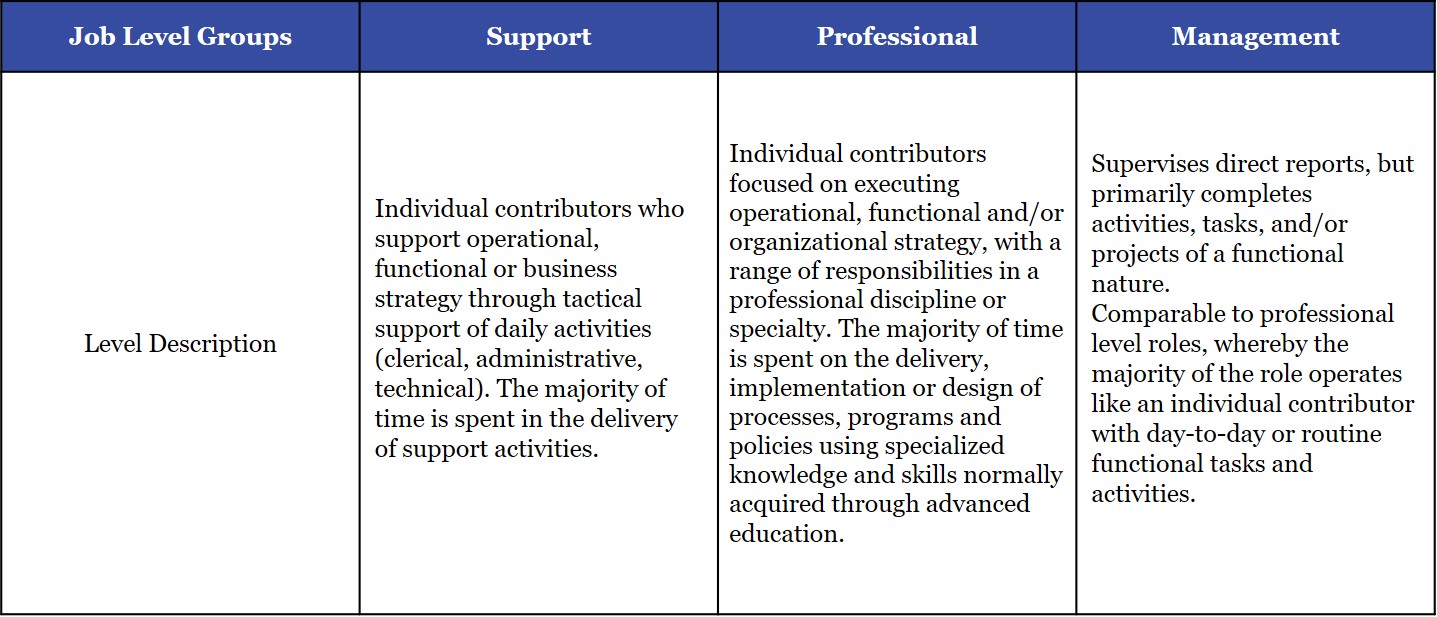Compensation Study FAQs (2023)
Frequently Asked Questions
(Updated 2/1/2024)
Staff compensation study results and next steps (December 13, 2023)
(a message to staff from Sheri A. Starkey, Associate Vice President and Chief Human Resources Officer)
Note: Human Resources updated a few of the original FAQs and added several new FAQs for additional context in response to questions.
Background
Q. What is the purpose of the staff compensation study?
A. SMU performs a market review every two years to make sure that salary ranges for job classifications and pay grades are in line with peer universities and top employers in the DFW region. This year, SMU HR partnered with Segal, a compensation and benefits consultant specializing in higher education institutions, to complete the study. The result will be a new compensation plan that enables SMU to keep attracting, holding onto, and appreciating talented individuals. It also helps ensure our staff receive competitive pay and have room for growth in their career.
Q. What positions were included in the study?
A. The compensation study reviewed the majority of benefits-eligible classified staff positions at SMU.
Q. Were faculty positions included in this study?
A. No. This study reviewed classified staff positions.
Q. What institutions or companies were included in the benchmarking analyses?
A. The study used available compensation and market data from SMU’s peer universities and top employers in the DFW region.
Q. How were positions benchmarked?
A. During the first stage of the compensation survey, supervisors and managers were asked to revise and submit up-to-date job descriptions to HR. These descriptions, along with organizational charts and other pertinent details utilized in recruitment, were used for benchmarking with similar positions at peer universities and nearby top employers.
Q. Will there be future staff compensation studies?
A. Yes. The University is committed to a biennial review of compensation and benefits to ensure that staff compensation is in line with our peer universities and top employers in the DFW region.
Results
Updated: Q. What are the results of the staff compensation study?
A. A key phase of the study was Segal developing a job architecture framework. A job classification framework or “job architecture” is a systematic way of organizing the type and level of work performed within an institution or organization.
The first phase of the compensation study is now complete. This phase included creating market-based job families, job level groups, job codes (job titles) and a revised compensation structure aligned with available compensation and market data for the DFW region and SMU’s peer and aspirant universities. Additional results of this phase are:
- Going forward, the target compensation for positions will be a minimum of 90% of the market (an increase from 85%).
- 45% of individuals will see their pay increased.
- 55% of the classified staff positions analyzed are currently paid at or above the competitive market range.
- 63% of individuals will see their HR system job title change. Functional titles – or those on the business card – may remain the same for current employees in consultation with their supervisor.
The second phase of the compensation study will consist of developing career paths for employees and their managers to discuss career planning. Human Resources will work with schools, departments and divisions over the next several months to develop career paths.
The final phase of the compensation study will entail implementing JDXpert, a new online tool for job descriptions. JDXpert will provide a streamlined approach to creating, editing, and approving job descriptions. The new system will also give employees quick and easy access to their job descriptions, as well as managers for their direct reports.
A. No. There will be no reductions in current compensation.
Q. Will my title change?
A. Possibly. A goal of the study is to ensure that positions are classified appropriately and that job titles are accurate, consistent across campus and reflect the job’s responsibilities and market assessment. For those positions where an HR job title change was recommended, the “functional title” of the position (what appears on a business card) may remain the same for the incumbent employee in consultation with their supervisor.
Updated: Q. What does “market competitive” mean?
A. In this study, a job is considered market competitive for recruitment and retention when compensation is similar to roles in the DFW region and SMU’s peer and aspirant universities. This assessment takes into account not only salary and benefits, but also compensation policies that facilitate professional development and growth. In the context of compensation, “market” means the rate of pay for a job based on the market data from salary surveys.
Updated: Q. What is “career pathing?”
A. SMU’s career framework, the second phase of the compensation study, will be organized by job families, job sub families, job groups, job levels and job codes (job title). This framework lays the foundation for guiding employees and their managers in career planning.
Career pathing involves an employee thinking about where the next step in their career progression might be and what steps they need to take to get there. While defining general career paths is helpful to understand career advancement, an individualized career planning discussion between an employee and their manager is necessary.
Career planning should consider an employee’s experience, knowledge, skills, abilities and must be aligned with the goals of the school, department or division.
Human Resources will work with schools, departments and divisions over the next several months to develop career paths.
Q. When will impacted employees receive notification of a change in their job classification or compensation?
A. Some job classifications will change, but not all. Employees whose current compensation is set below the new market-adjusted pay minimum will see their pay brought up to the minimum of that pay range effective January 1, 2024. The salary increase will appear in the January paycheck (Jan. 19 for employees paid on a bi-weekly basis, and Jan. 31 for employees paid monthly). Affected employees will receive notification of any change to their salary or title within the first two weeks of January. Employees whose salary and/or HR title will not change as as a result of this study will also receive a notice.
Q. Will any jobs be eliminated?
A. No jobs are eliminated as part of this study.
Q. What does it mean if my salary or title does not change?
A. If your salary and/or title does not change, the study determined that your position is currently compensated at or above the market-adjusted minimum salary range and the job title is classified appropriately and reflects the market assessment. Employees will remain eligible for future merit increases.
Updated: Q. Will I be eligible for future merit increases?
A. Yes. Employees will remain eligible for future merit increases, as long as their compensation is not at or above the maximum of the new market-based adjusted pay grade for the position.
Q. How will pay adjustments be funded?
A. The salary adjustments will be funded centrally by the University.
New FAQs (added 2/1/2024)
New: Q. What process was used to evaluate and classify positions?
A. Human Resources first conducted a job analysis. A job analysis is the systematic review of a job description submitted by managers to determine which essential functions and responsibilities it includes, the qualifications necessary to perform the job, the conditions under which the work is performed, including organizational impact, decision making and problem solving, independence of action and supervisory responsibility. An important concept in job analysis is that the job, not the person doing the job, is assessed.
Human Resources reviewed changes with leadership in each school, department, or division. Leadership provided feedback and Human Resources made appropriate adjustments ensuring the integrity of the job architecture framework. Leadership was given an opportunity for a final review and approval before moving forward with changes.
New: Q. How is a position matched to market survey data? How is market pay determined?
A. Survey data is matched to a position by comparing job descriptions in a compensation survey to essential functions and responsibilities of a submitted job description. Human Resources matches roles to market survey data and titles based on the essential function(s) where an employee spends most of their time. For example, if 50% of time is spent recruiting students, 30% of time is spent in admissions and 20% is spent planning recruiting events, Human Resources will match the job and title to a recruiting role. Human Resources recognizes hybrid roles exist and we do our best to match as close as possible but will not be able to match 100% of the essential functions for hybrid roles.
Human Resources then aligns median market salary provided by the survey data to the midpoint of the assigned pay grade.
New: Q. What is the difference between pay grade and market pay?
• 16 pay grades; salary ranges broken into minimum, midpoint, and maximum
• Pay grades are assigned to all 500+ classified staff job titles
• In the context of compensation, “market” means the rate of pay for a job based on the market data from salary surveys of our peer and aspirant universities.
New: Q. Why are the ranges for pay grades different from the 2022 compensation/salary structure?
A. The new compensation/salary structure aligns with compensation and market data for the DFW region and SMU’s peer and aspirant universities. As a result, pay ranges were adjusted to reflect the recent market-based assessment/analysis. Employees should not interpret any adjustment in their specific pay grade or pay range as a demotion or promotion.
2022 vs. 2024 salary structure
New: Q. Why did SMU do away with using management titles for positions that do not manage benefit eligible employees?
A. A goal of the study is to ensure that positions are classified appropriately, job titles are job specific, consistent across campus and reflect the job’s responsibilities and market assessment. Additionally, it was important to create a framework that clearly distinguished positions that manage benefit-eligible employees. As a result, a total of 300+ new job titles were created, bringing the total number of classified staff job titles to over 500. The new titles will also allow SMU to move forward with developing career paths.
New: Q. What is a job level framework?
A. The job level framework is a guide to evaluate jobs within SMU consisting of criteria used to evaluate jobs, job groups and job levels within each job group.
New: Q. What criteria is used to evaluate jobs?
A. The criteria used to evaluate jobs are organizational impact; decision making and problem solving; independence of action; supervisory responsibility; and education and experience.

New: Q. What are the job groups in the new framework?
A. Staff positions are organized into three categories: Support, Professional and Management.
New: Q. What information does Human Resources provide in a request to verify employment at SMU? A. In addition to the dates of employment at SMU, the verification of employment includes the Human Resources title listed in my.SMU. The verification also states that SMU permits the use of functional working titles.


